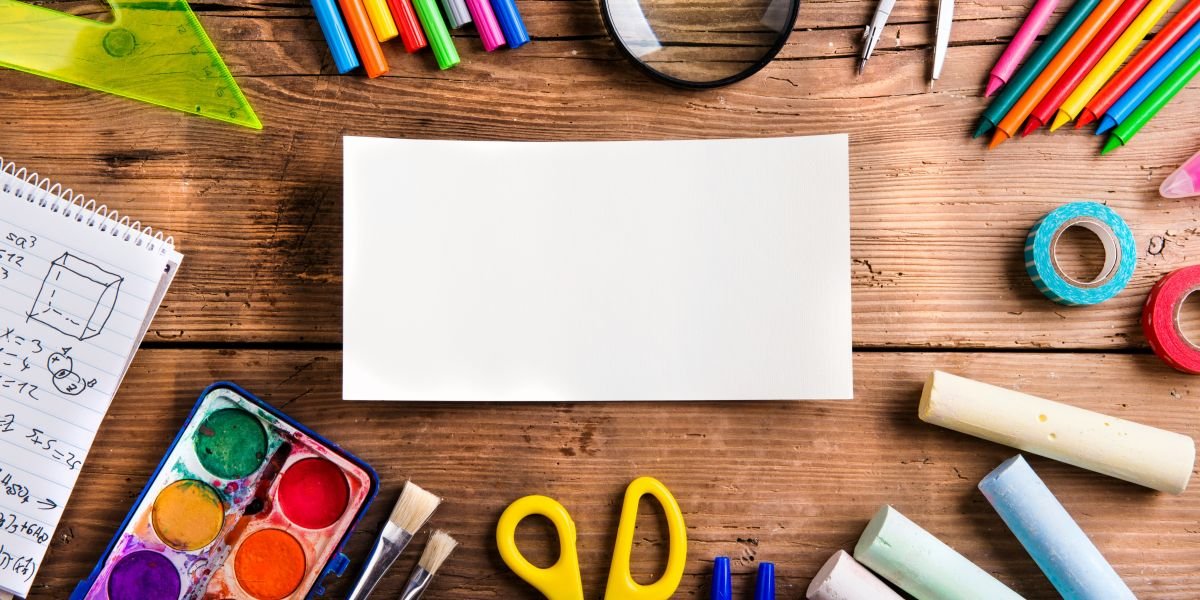Failure is often seen as something to avoid—a sign of weakness or a reason to give up. But the truth is, failure is a necessary part of growth and learning. It’s through mistakes and setbacks that we gain valuable insights, build resilience, and discover new ways to succeed. Whether you’re learning a new skill, pursuing a goal, or navigating life’s challenges, failure can be one of your greatest teachers. Let’s explore why failure is so important, how it helps us grow, and how to embrace it as a stepping stone to success.
One of the most important things to understand about failure is that it’s not the opposite of success—it’s a part of the journey. Every successful person has faced failure at some point, whether it’s a small mistake or a major setback. What sets them apart is their ability to learn from these experiences and keep moving forward. For example, Thomas Edison famously failed thousands of times before inventing the light bulb, but he saw each failure as a step closer to success. This mindset shift—seeing failure as feedback rather than defeat—is key to unlocking its potential.
Failure teaches us what doesn’t work, and that’s just as important as knowing what does. When something goes wrong, it’s an opportunity to analyze what happened, identify the problem, and try a different approach. For example, if you’re learning to play an instrument and keep hitting the wrong notes, each mistake helps you understand where you need to improve. Over time, these small adjustments add up, leading to progress and mastery. Without failure, we wouldn’t have the chance to refine our skills or develop new strategies.
Another way failure helps us grow is by building resilience. When we face challenges and setbacks, we’re forced to dig deep and find the strength to keep going. This process of overcoming adversity makes us stronger and more capable of handling future obstacles. For example, if you’ve ever failed at a job interview or a project, you know how discouraging it can feel. But each time you pick yourself up and try again, you become more confident and better prepared for the next opportunity. Resilience is like a muscle—it grows stronger with use.
Failure also encourages creativity and innovation. When things don’t go as planned, we’re forced to think outside the box and come up with new solutions. Some of the greatest inventions and discoveries in history came from failed experiments or unexpected outcomes. For example, the Post-it Note was invented when a scientist at 3M accidentally created a weak adhesive. Instead of throwing it away, he saw its potential and turned it into a wildly successful product. This ability to adapt and find opportunity in failure is what drives progress and innovation.
But embracing failure isn’t always easy. It requires a shift in mindset and a willingness to take risks. One way to make failure less intimidating is to reframe it as a learning experience. Instead of seeing it as a reflection of your abilities, view it as a chance to grow and improve. For example, if you fail a test, instead of thinking, “I’m not smart enough,” try thinking, “What can I learn from this to do better next time?” This perspective helps you stay motivated and focused on your goals.
Another way to embrace failure is to set realistic expectations. No one succeeds all the time, and that’s okay. When you set goals, be prepared for setbacks and understand that they’re a normal part of the process. For example, if you’re starting a new business, expect to face challenges and make mistakes along the way. By anticipating failure, you can approach it with a sense of curiosity and determination rather than fear or frustration.
It’s also important to celebrate effort, not just results. When you focus on the process rather than the outcome, you’re more likely to stay motivated and keep trying, even when things don’t go as planned. For example, if you’re training for a marathon and don’t finish as fast as you hoped, celebrate the fact that you showed up and gave it your best. This mindset helps you stay positive and resilient, even in the face of failure.
Another key to embracing failure is to seek feedback and learn from others. When something goes wrong, don’t be afraid to ask for help or advice. Other people’s perspectives can provide valuable insights and help you see things in a new light. For example, if you’re struggling with a project at work, ask a colleague for their input. If you’re learning a new skill, find a mentor or teacher who can guide you. This collaborative approach makes failure less isolating and more productive.
Finally, it’s important to be kind to yourself when you fail. It’s easy to be hard on yourself or feel like you’re not good enough, but self-compassion is essential for growth. Treat yourself with the same kindness and understanding you would offer a friend who’s going through a tough time. For example, if you make a mistake at work, remind yourself that everyone makes mistakes and that you’re doing your best. This self-compassion helps you bounce back faster and stay focused on your goals.
Failure is not something to fear or avoid—it’s a necessary part of growth and learning. By teaching us what doesn’t work, building resilience, and encouraging creativity, failure helps us become stronger, smarter, and more capable. So the next time you face a setback, take a deep breath and remind yourself that it’s just one step on the path to success. Embrace failure as a teacher, and you’ll find that it’s one of the most powerful tools for achieving your goals and becoming the best version of yourself.









